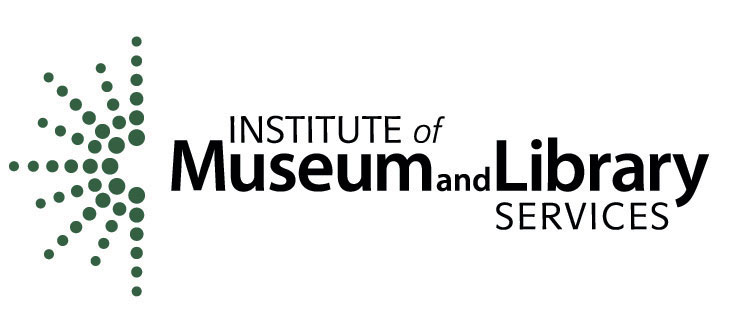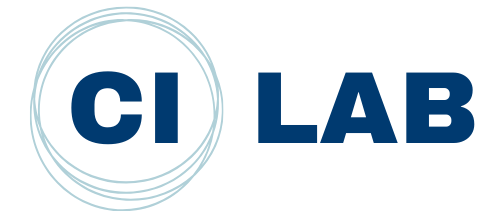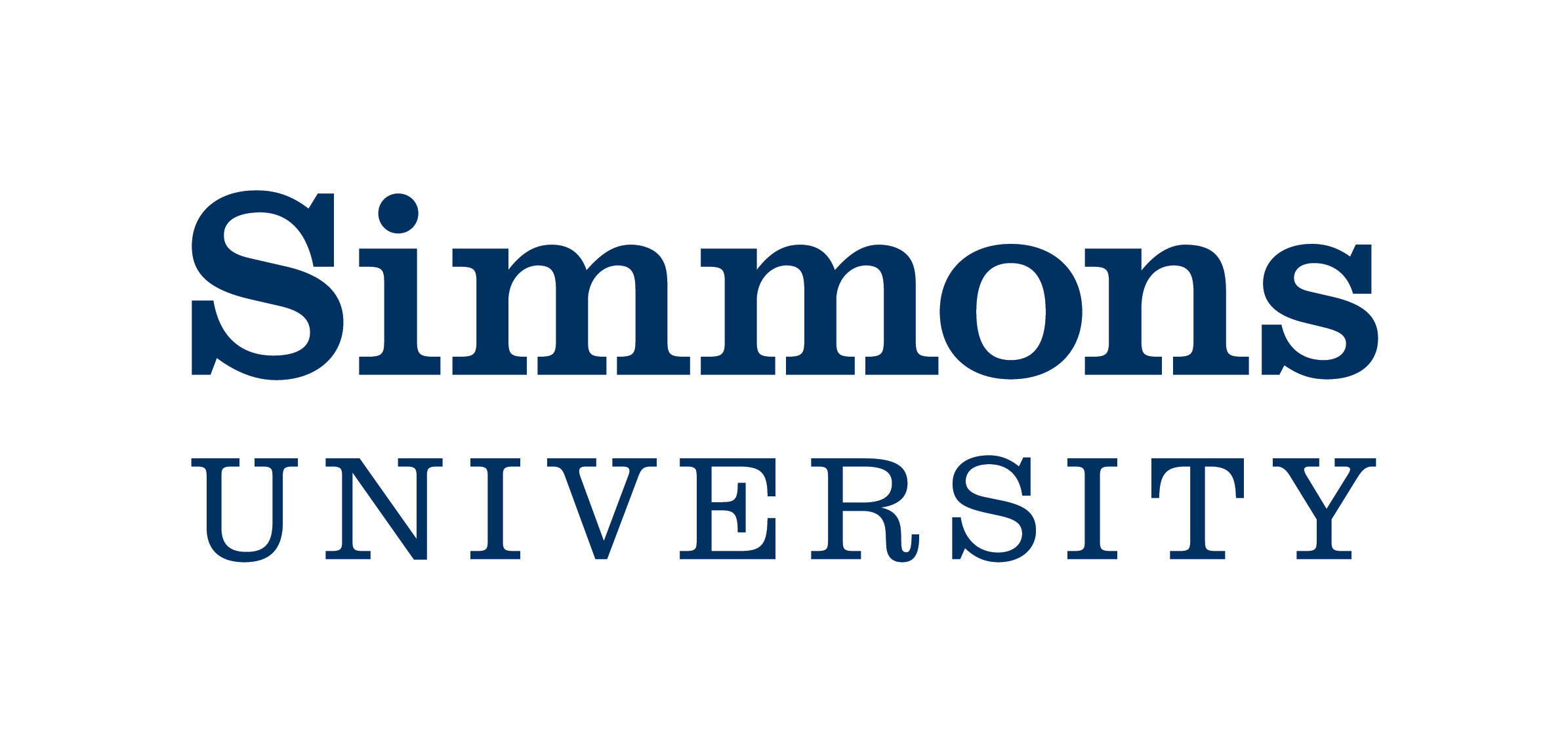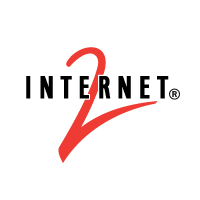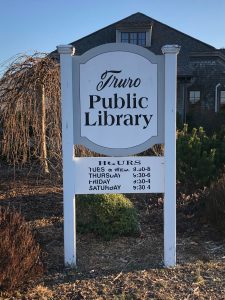 In early January, we visited the Truro Public Library on Cape Cod, Massachusetts. We met with Director, Tricia Ford and successfully installed our first three measurement devices for our research. This early site visit was intended to help generate real measurement data to inform the first iterations of our data visualization platform, as well as our site visits with our 9 other public library partners over the next three months.
In early January, we visited the Truro Public Library on Cape Cod, Massachusetts. We met with Director, Tricia Ford and successfully installed our first three measurement devices for our research. This early site visit was intended to help generate real measurement data to inform the first iterations of our data visualization platform, as well as our site visits with our 9 other public library partners over the next three months.
During the visit, Director Ford gave us a tour of the facility and met with us to talk about our October participatory design workshop, the project itself, and her expectations for what measurement system and the data it generates. On our tour we had a chance to see many wonderful parts of the library, including their new Truro Seed Library for gardeners on the bottom floor with the non-fiction section, puzzle library, reading area, and the Friends of Truro Library book sale room.
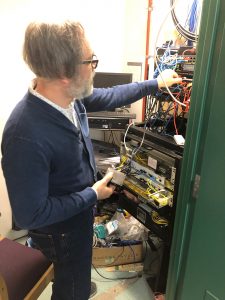 The configuration and installation of our measurement devices went very smoothly, and we left with our devices measuring their public WiFi, the connections of wired public computers, and a connection at their primary network switch. The early deployment also helped identify the need for our system to support both dynamic and static IP address assignment.
The configuration and installation of our measurement devices went very smoothly, and we left with our devices measuring their public WiFi, the connections of wired public computers, and a connection at their primary network switch. The early deployment also helped identify the need for our system to support both dynamic and static IP address assignment.
While we were there, we learned that Truro needed our devices to have static IP addresses. Being able to support both dynamic and static IP addresses will make the system more flexible. Truro library has two connections to the Internet: one connection provided by Comcast, which supports both public Internet access and their phone system, and a second connection provided by OpenCape, an open access network originally funded by the NTIA’s Broadband Technology Opportunities Program (BTOP). The library’s IT support staff use a load balancer to leverage both of these connections, so our broadband measurement system will provide Truro with measurements of both of these connections.
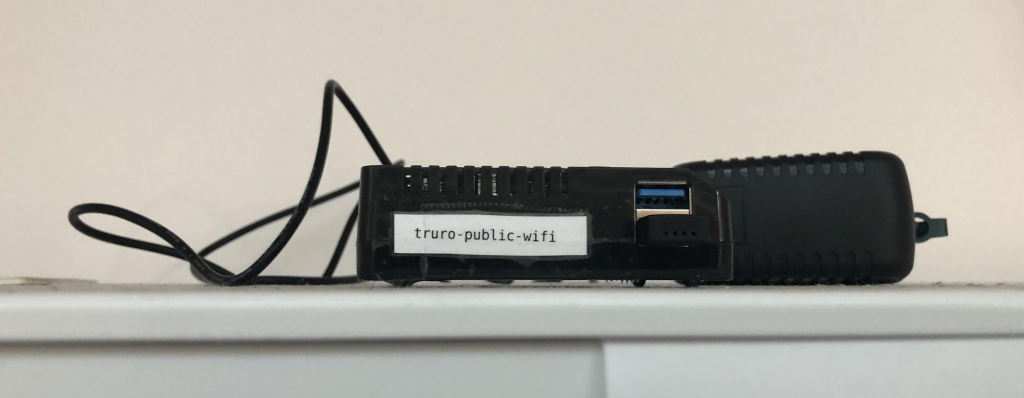 Our first site visit to a partner library was a great success, and we’re now looking forward to developing the first round of data visualizations in collaboration with our partner libraries over the next few months. In our upcoming visits to our year one libraries, we’ll place measurement devices in similar locations, conduct focus groups with patrons where possible, and meet with library and IT staff to hear about how they support patrons using their public networks.
Our first site visit to a partner library was a great success, and we’re now looking forward to developing the first round of data visualizations in collaboration with our partner libraries over the next few months. In our upcoming visits to our year one libraries, we’ll place measurement devices in similar locations, conduct focus groups with patrons where possible, and meet with library and IT staff to hear about how they support patrons using their public networks.

